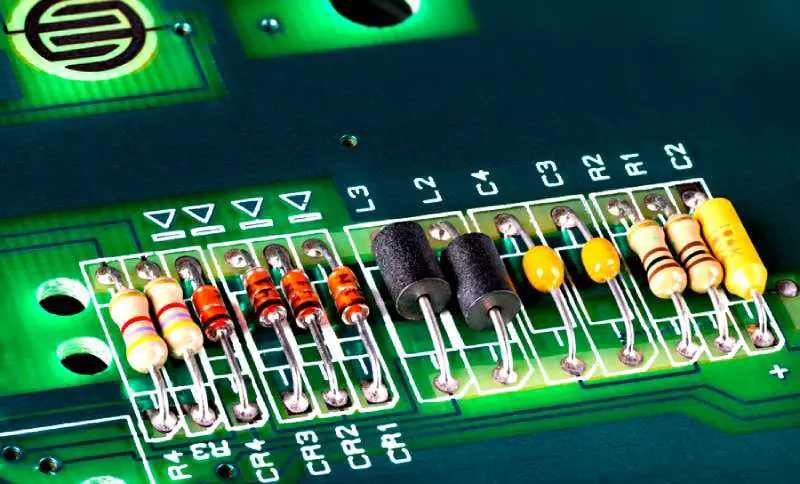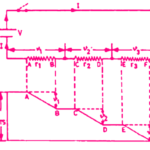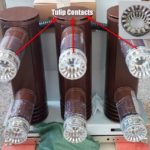Passive components are essential elements in the design and construction of electrical circuits. As an electrical engineering student, it is important to understand how passive components work and how they can be utilized in various circuits. In this article, we will discuss the basic properties and functions of passive components, including resistors, capacitors, and inductors.
Resistors
Resistors are the most common passive components used in electrical circuits. They are used to limit current flow and adjust voltage levels.
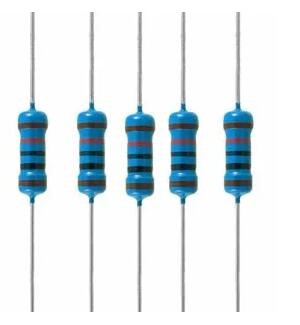
A resistor is a two-terminal component that resists the flow of current in a circuit, and its resistance is measured in ohms (Ω). The resistance of a resistor is determined by its material, length, and cross-sectional area. Resistors can be connected in series or parallel to achieve the desired resistance.
Capacitors
Capacitors are passive components that store electric charge and energy. They are made up of two metal plates separated by a dielectric material.
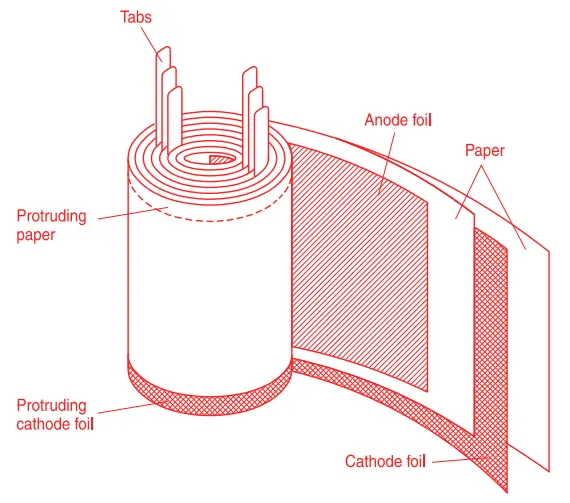
The amount of charge that a capacitor can store is determined by its capacitance, which is measured in farads (F). Capacitors are commonly used in circuits to filter out unwanted noise or signals and to stabilize voltage levels. They can also be used in timing circuits and oscillators.
Inductors
Inductors are passive components that store energy in a magnetic field. They consist of a coil of wire and are used in circuits to store and release energy. The amount of energy that an inductor can store is determined by its inductance, which is measured in henries (H).
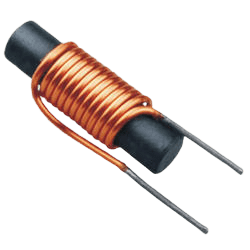
Inductors are commonly used in circuits to filter out unwanted signals and to store energy for short periods of time. They can also be used in timing circuits and oscillators.
Transformers
Transformers are passive components that are used to transfer electrical energy from one circuit to another. They consist of two coils of wire wound around a core, and they can be used to increase or decrease the voltage of an AC signal. Transformers are commonly used in power supplies and audio amplifiers.
Diodes
Diodes are essential components in electronic circuits, used for a variety of applications ranging from signal detection to power conversion. There are different types of diodes. All diodes are not passive some are active. Examples of passive diodes are PN junction diode and the Zener diode. Tunnel diode is an example of active diode.
The PN junction diode is one of the most commonly used passive diodes in electronic circuits. It is used for rectification, voltage regulation, and signal detection. Another type of passive diode is the Zener diode, which is designed to operate in the reverse breakdown region. Zener diodes have a sharp breakdown voltage that is carefully controlled during the manufacturing process. They are used for voltage regulation and protection against voltage spikes in electronic circuits.
One example of an active diode is the tunnel diode. The tunnel diode operates on the principle of quantum tunneling, allowing it to exhibit a negative resistance characteristic that enables it to function as an active amplifier. Tunnel diodes are used in oscillators, high-speed switches, and pulse generators, as well as in microwave applications.
Application of Passive Components
One of the most common applications of passive components is in filter circuits. Filters are used to remove unwanted frequencies from an electronic signal or to pass only a specific range of frequencies. For example, a high-pass filter can be used to allow high-frequency signals to pass while blocking low-frequency signals, while a low-pass filter does the opposite.
Capacitors are commonly used in filter circuits due to their ability to store electrical energy in an electric field. Inductors are also used in filter circuits, as they store energy in a magnetic field. In addition to filters, capacitors are used in other applications, such as in power supplies to smooth out voltage fluctuations and in timing circuits to control the timing of signals.
Resistors are another type of passive component that are widely used in electronic circuits in the United States. Resistors are used to control the amount of current that flows through a circuit by limiting the flow of electrons. They are also used in voltage dividers, which are circuits that divide the voltage between two or more components.
Passive Filters
Passive filters are circuits that use passive components to filter out unwanted signals or frequencies. There are two types of passive filters: high-pass and low-pass filters. High-pass filters allow high-frequency signals to pass through while blocking low-frequency signals, while low-pass filters allow low-frequency signals to pass through while blocking high-frequency signals. Passive filters are commonly used in audio and radio circuits to remove unwanted noise or to separate different frequencies.
Circuit Analysis
In electrical engineering, it is important to be able to analyze circuits and determine their properties and behavior. Passive components are essential elements in circuit analysis, and their properties can be determined using basic circuit analysis techniques. Kirchhoff’s laws and Ohm’s law can be used to calculate voltage, current, and power in circuits containing passive components.
Conclusion
Passive components are essential elements in the design and construction of electrical circuits. As an electrical engineering student, understanding the basic properties and functions of passive components is crucial for success in the field. Resistors, capacitors, and inductors are the most common types of passive components, and their properties can be used to design and analyze circuits. Passive filters are also important in audio and radio circuits. By understanding passive components, electrical engineering students can design and analyze circuits that meet their desired specifications.
